
Special Region of Yogyakarta
A Comprehensive Look at Special Region of Yogyakarta


🏛️Capital City and Geographical Conditions
Capital City: Yogyakarta City. The heart of the region, famous for its artistic atmosphere and as a center of higher education.
Geographical Conditions: DIY covers a relatively small area but boasts diverse topography:
Mount Merapi: The highly active volcano dominates the northern border, providing highly fertile slopes.
The Central Plain: A fertile area where most of the urban population and agriculture are concentrated.
Southern Karst Region (Gunungkidul): Characterized by limestone hills, deep caves, and beautiful, white-sand beaches facing the Indian Ocean.
Southern Coast: Faces the powerful waves of the Indian Ocean, making it picturesque but generally unsuitable for commercial ports.
📜History: Royalty and Revolution
Yogyakarta's history is pivotal to both the Javanese monarchy and the Indonesian Republic.
Establishment: The Sultanate was officially founded in 1755 following the Treaty of Giyanti, which divided the vast Mataram Sultanate into two royal houses: Surakarta and Yogyakarta.
War of Independence: During the Indonesian War of Independence (1945–1949), the Sultanate provided unwavering support to the fledgling Republic. Yogyakarta served as the capital of the Republic of Indonesia from 1946 to 1949.
Special Status: In recognition of this critical contribution, the Sultanate was granted the constitutional status of a Special Region (Daerah Istimewa). The reigning Sultan serves as the ex-officio Governor for life, ensuring the continuity of the Javanese monarchy within the modern Republic.
👥Demographics and Customs
Population: The region has a population of approximately 3.7 million people.
Ethnic Groups: The population is predominantly Javanese, maintaining deep-rooted cultural practices and the formal Javanese language (Krama Inggil).
Customs (Adat Istiadat): Javanese etiquette (tata krama) is paramount. Social life is heavily influenced by the Keraton (Sultan's Palace), which organizes elaborate public ceremonies like Garebeg (to celebrate major Islamic holidays) and Sekaten (to commemorate the birth of the Prophet Muhammad). The community emphasizes harmony, respect for elders, and a deep connection to spiritual and cultural heritage.
🎨Culture and Traditional Arts
Yogyakarta is often referred to as a cultural conservatory, dedicated to preserving classical Javanese arts.
Batik: Alongside Solo, Jogja is a major center for classical Batik creation, known for patterns like Parang Rusak and Kawung.
Classical Dance: The courts maintain schools for highly stylized and graceful Javanese dances, often performed during royal events.
Gamelan: The traditional orchestra, producing complex, layered music that accompanies Wayang Kulit (shadow puppetry) and dance performances.
Silver Craft: Kota Gede, a historic district, is internationally famous for its fine silver handicraft and intricate filigree work.
🍲Distinctive Traditional Cuisine
Yogyakarta's cuisine is famous for its sweet flavor profile, distinct from the spicier cooking of West Java or the earthier flavors of East Java.
Gudeg: The absolute icon of Yogyakarta. It is made from young jackfruit (nangka muda) slow-cooked for hours in coconut milk and large quantities of palm sugar. This lengthy process results in a sweet, soft, and brownish-red dish, typically served with boiled egg, chicken, krecek (spicy cow skin stew), and areh (thick coconut milk gravy).
Bakpia Pathok: Small, round, slightly flattened sweet cakes. The original and most traditional filling is a sweetened mung bean paste. Originating from the Pathok area, they are a ubiquitous souvenir.
Sate Klatak: A specialty from Bantul (Yogyakarta). It uses young goat or mutton meat, skewered not on bamboo sticks, but on bicycle spokes. It is typically seasoned only with salt and pepper and served with a clear, light curry broth, allowing the natural flavor of the meat to dominate.
Nasi Kucing: Literally "cat rice," so named because of its small portion size. It is a portion of rice wrapped in banana leaf, served with a small piece of topping (often fried tempeh, ikan teri (anchovies), or chili sauce), and is a popular, inexpensive street food in the area.
🗺️Famous Tourist Attractions
Yogyakarta's attractions blend ancient history, colonial architecture, and natural beauty.
Keraton Ngayogyakarta Hadiningrat: The main palace complex, still serving as the Sultan's residence and the center of Javanese culture.
Taman Sari (Water Castle): A former royal garden, pool, and resting place for the Sultan and his family, featuring a beautiful blend of Javanese and Portuguese architectural styles.
Jalan Malioboro: The central commercial artery, famous for street vendors selling local goods, batik, and traditional Javanese food.
Prambanan Temple: Located on the border with Central Java, this is the largest and most magnificent Hindu temple complex in Indonesia, a UNESCO World Heritage Site dedicated to the Trimurti.
Goa Jomblang: A natural, vertical cave famous for its subterranean forest and the spectacular "Light of Heaven" phenomenon, where sunlight streams directly through an opening.
✈️Transportation Infrastructure
Yogyakarta is well-connected nationally and internationally through various transport links.
Airport (Bandar Udara):
Yogyakarta International Airport (YIA): Located in Kulon Progo, this modern airport handles the region's main domestic and international air traffic.
Train Stations (Stasiun Kereta Api):
Tugu Station: The main central station serving long-distance executive and business class trains, strategically located near Malioboro.
Lempuyangan Station: Primarily serves economy class and local commuter routes.
The region is also a terminus for the highly utilized KRL Commuterline connecting Yogyakarta with Solo.
Port (Pelabuhan):
The Special Region of Yogyakarta does not have a major commercial seaport due to the rough and deep waters of the Indian Ocean coast. Coastal areas are primarily utilized for fishing, such as at Sadeng Beach.
Yogyakarta is a city of layers: a bustling student hub, a serene royal capital, and a cultural custodian all at once. It is a rare destination where you can witness the majesty of ancient architecture at Prambanan, feel the revolutionary spirit of the nation at the Keraton, and delight in the comforting sweetness of Gudeg. Jogja offers an unforgettable immersion into Indonesia's cultural heart, presenting a unique blend of heritage and history that remains eternally open and welcoming.
👑Special Region of Yogyakarta (DIY): The Soul of Javanese Culture
Yogyakarta, affectionately called "Jogja," is a region with a profoundly unique status in Indonesia. It is the only Indonesian province still governed by a pre-colonial monarchy, the Sultanate of Ngayogyakarta Hadiningrat. This special autonomy makes it the epicenter of traditional Javanese culture, art, education, and resilience.
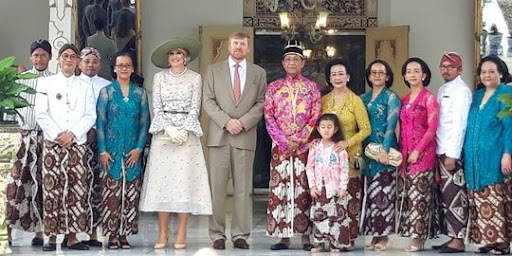

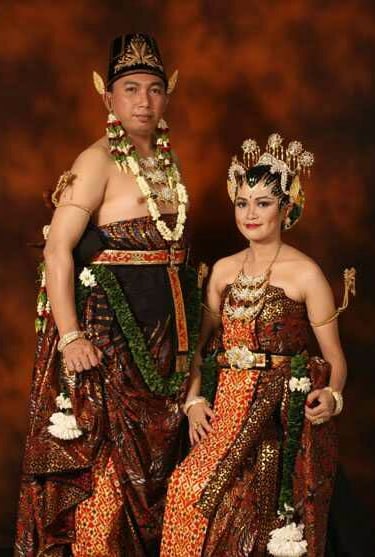

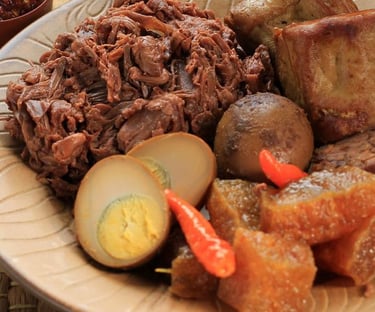




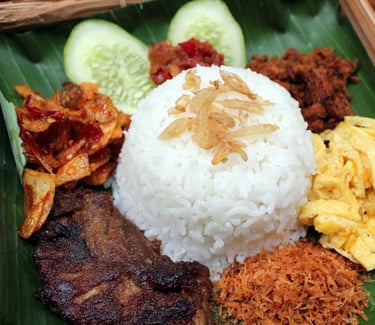
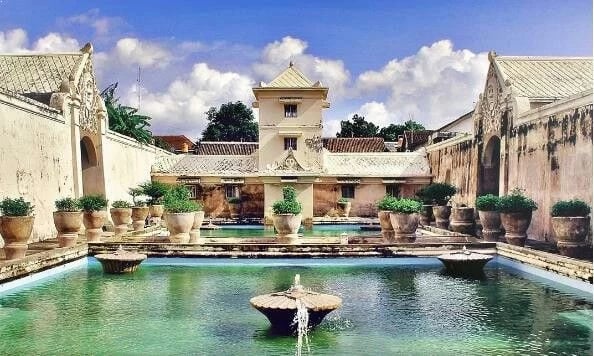

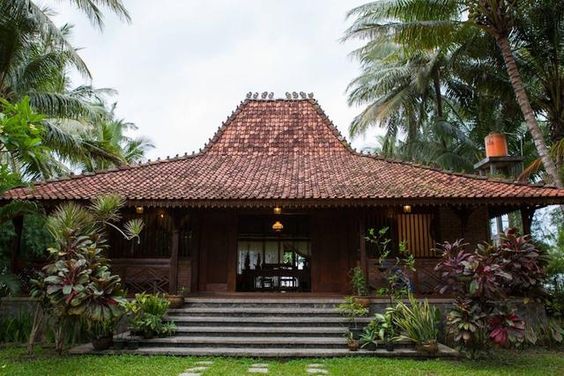

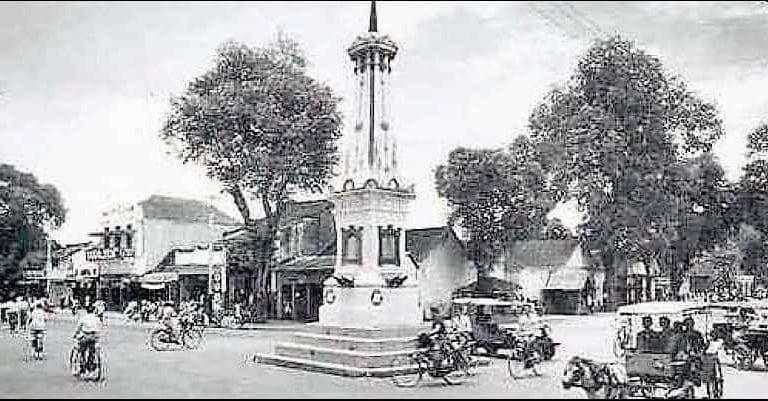

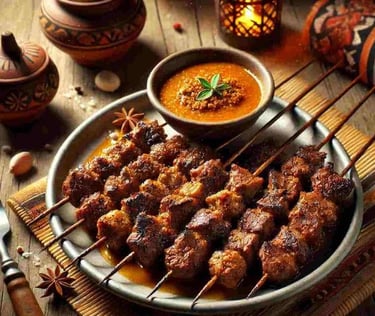


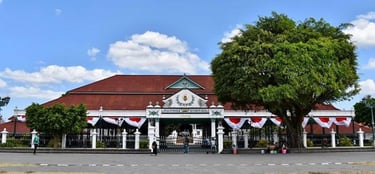
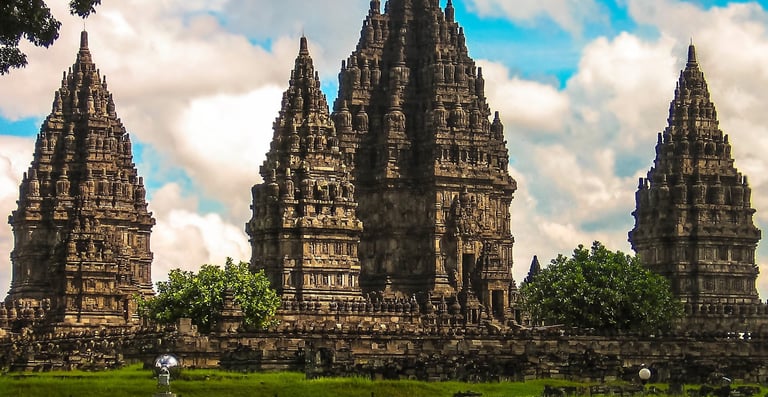

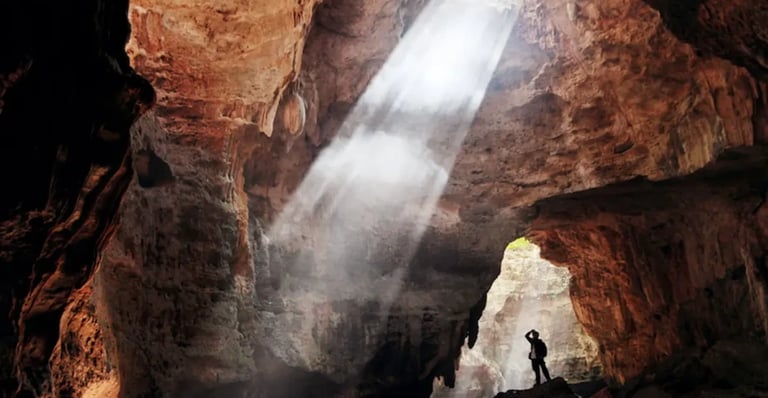

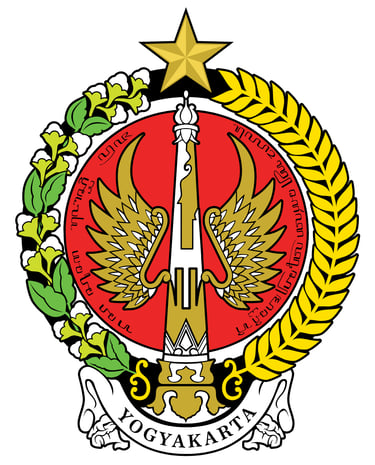

Follow us to explore Indonesia with expert travel guidance
©PT.Sinar Pesona Travelindo 2025. All rights reserved.
